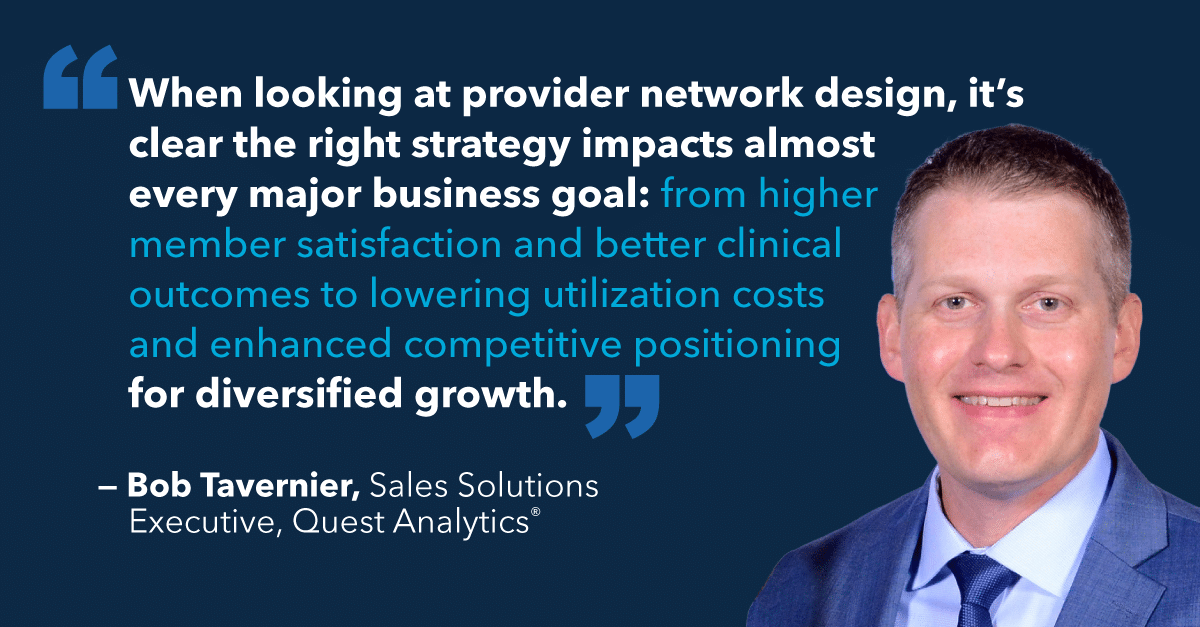Reprinted with AIS Health permission from the July 2, 2020, issue of RADAR on Medicare Advantage.
As Medicare Advantage and other insurers report increasing use of telehealth during the COVID-19 pandemic and consider the larger role that virtual visits could play on a more permanent basis, CMS recently finalized a set of policies for 2021 giving insurers more flexibility to design their provider networks, including supplementing them with telehealth. But one expert says it’s too soon to say how much telehealth will be utilized in the long term and that more information is needed to determine whether a reduction in network adequacy standards should apply more broadly in MA.
Under current policy, MA plans must contract with a minimum number of in-person provider and facility types that are within a maximum time and distance from a beneficiary. In addition to codifying the list of provider/facility types subject to those standards, the final rule (85 Fed. Reg. 33796, June 2, 2020) firmed up a proposal to lower the required percentage of beneficiaries who must reside within the maximum time and distance (T&D) standards in non-urban counties from 90% to 85%. At the same time, CMS said it will grant plans a 10% credit toward the percentage of beneficiaries living within published T&D standards when contracting with telehealth providers of a dozen specialty types, including cardiology, dermatology, ophthalmology and psychiatry.
CMS also extended a 10% credit toward a plan’s percentage of beneficiaries residing within published T&D standards in situations where certificate of need (CON) laws impact the number of available provider and facility types or where the state has imposed other “anti-competitive restrictions” that limit the number of providers or facilities in a county or state. For example, Wisconsin does not have a CON law but limits the maximum number of approved hospital beds. CMS clarified that it will determine the states, counties and provider/facility specialty types where the CON law credit will be available for MA organizations.
AIS Health spoke with John Weis, president and co-founder of Quest Analytics, LLC, which assists MA plans in building provider networks, on what these new provisions mean for plans.
Editor’s Note: The following interview has been edited for length and clarity.
- Who We Help
- RegulatorsBetterDoctor® Provider Portal
Proven Provider Network Management
Quest Analytics® offers unparalleled provider network management solutions and services for healthcare provider networks.
- How We Help
- SolutionsBetterDoctor® Provider Portal

Explore Quest Enterprise Services® (QES®) for integrated solutions for your healthcare provider network management.
- About Us
- We Are HiringAbout Us
We're Hiring
We’re Hiring. If You’re Looking To Use Your Talents To Make A Difference In The Lives Of Healthcare Consumers – We Want To Hear From You.
- Resources
- Featured Resource Hubs
- Who We Help
- RegulatorsBetterDoctor® Provider Portal
Proven Provider Network Management
Quest Analytics® offers unparalleled provider network management solutions and services for healthcare provider networks.
- How We Help
- SolutionsBetterDoctor® Provider Portal

Explore Quest Enterprise Services® (QES®) for integrated solutions for your healthcare provider network management.
- About Us
- We Are HiringAbout Us
We're Hiring
We’re Hiring. If You’re Looking To Use Your Talents To Make A Difference In The Lives Of Healthcare Consumers – We Want To Hear From You.
- Resources
- Featured Resource Hubs







